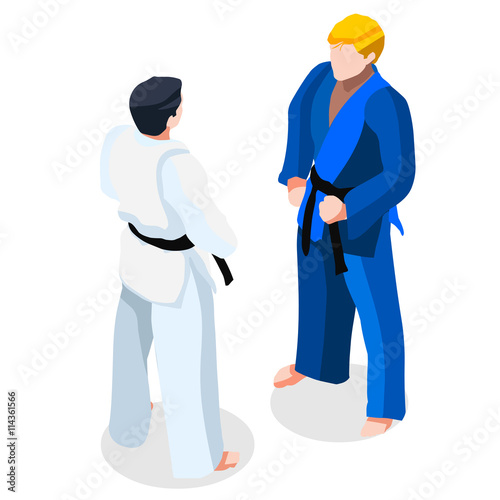Demystifying The Different Fighting Style Styles: From Martial Arts To Taekwondo
Demystifying The Different Fighting Style Styles: From Martial Arts To Taekwondo
Blog Article
Material Author-Becker Weiner
Are you tired of feeling overwhelmed by the vast globe of fighting styles? With numerous styles to select from, it can be easy to get lost in a sea of strikes, kicks, and mystical names. Yet concern not!
This conversation will certainly debunk the various martial arts styles, taking you on a trip from the powerful strikes of Martial arts to the dynamic kicks of Taekwondo. Prepare yourself to discover the beginnings, strategies, and philosophies behind these old art types.
So, tighten your belt and prepare to start an informing expedition right into the captivating globe of martial arts.
Beginnings of Martial Arts Styles
The beginnings of martial arts styles can be traced back to old civilizations and their need for self-defense and fight techniques. Throughout history, different societies created their very own distinct techniques of battling, each with its very own collection of methods and approaches.
In China, for example, fighting styles designs such as Kung Fu and Tai Chi were established as a means of self-defense and enhancing physical and psychological wellness.
In Japan, the samurai warriors created styles like Karate and Judo, focusing on technique, precision, and proficiency of the body.
In a similar way, in Korea, Taekwondo became a martial art emphasizing high kicks, quick activities, and psychological perseverance.
These early people laid the foundation for the diverse variety of fighting styles styles that exist today, each with its own rich history and cultural significance.
Strategies and Training Methods
To grasp fighting styles styles, professionals need to find out different techniques and training approaches.
Strategies are the particular activities and actions used in fight, such as strikes, kicks, tosses, and obstructs. Different fighting styles designs have their very own special set of methods that experts need to understand through extensive training.
Training techniques vary depending on the design, however they typically include a mix of physical fitness, drills, competing, and forms.
Physical conditioning is essential to build strength, versatility, and endurance. https://martial-arts-history-for65319.csublogs.com/40829168/unlock-your-inner-strength-and-self-assurance-through-self-defense-training-equipping-you-to-become-a-formidable-presence assist practitioners improve their methods and boost their rate and precision.
Competing permits professionals to exercise their methods in a controlled, realistic setting. Discover More , additionally called kata, are ironclad sequences of motions that assist experts establish muscle memory and focus.
Philosophies and Concepts
Checking out the approaches and concepts of martial arts designs can offer you with a deeper understanding of your selected self-control. Each martial art has its own distinct approach and collection of assisting concepts that shape the method it's exercised.
For example, Karate emphasizes discipline, regard, and self-constraint. visit the next document shows professionals to focus their minds and bodies, allowing them to safeguard themselves while keeping a sense of internal peace.
On the other hand, Taekwondo places a solid focus on rate, agility, and flexibility. Its concepts are rooted in the tenets of courtesy, integrity, willpower, self-control, and unbeatable spirit.
Conclusion
Since you have actually explored the origins, methods, and ideologies of numerous fighting styles designs, you have a deeper understanding of these ancient techniques.
Visualize a young karate trainee, practicing with unwavering determination and emphasis, breaking through boards with an effective strike.
Their trip showcases the commitment and strength required to grasp a fighting style, advising us that with technique and willpower, anything is possible.
